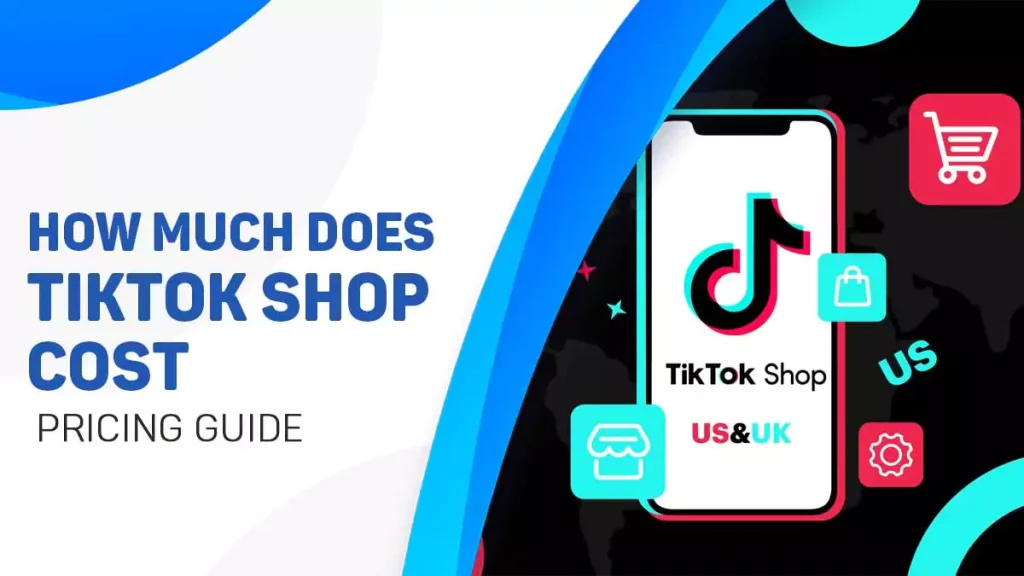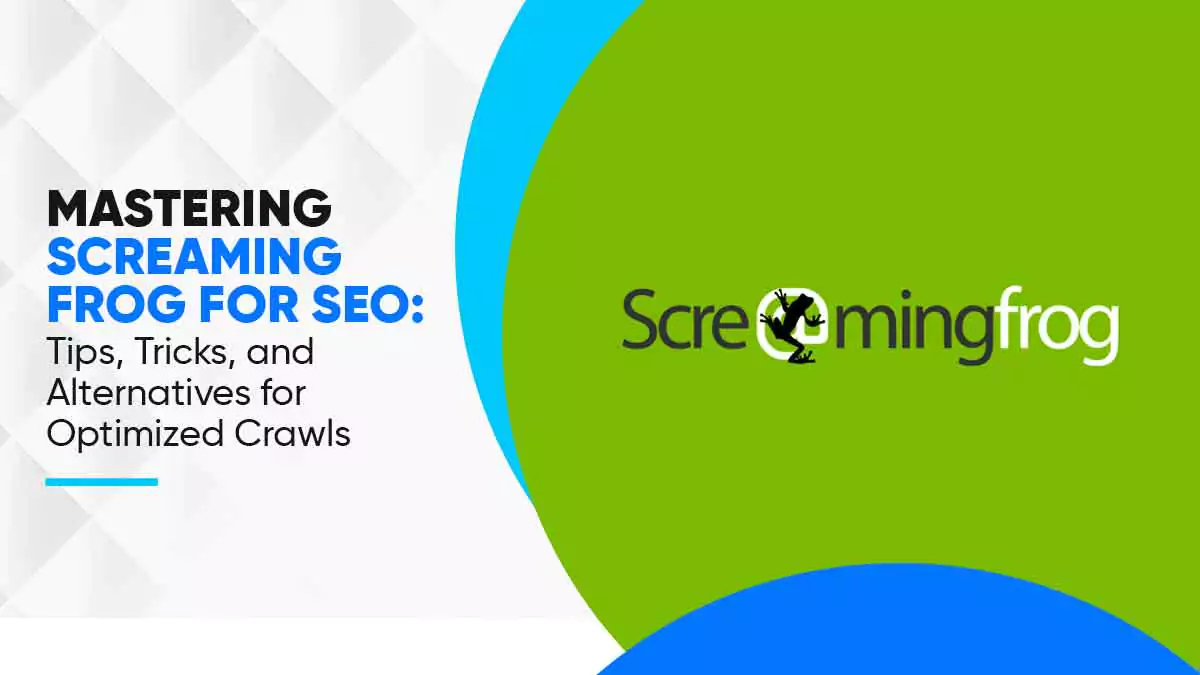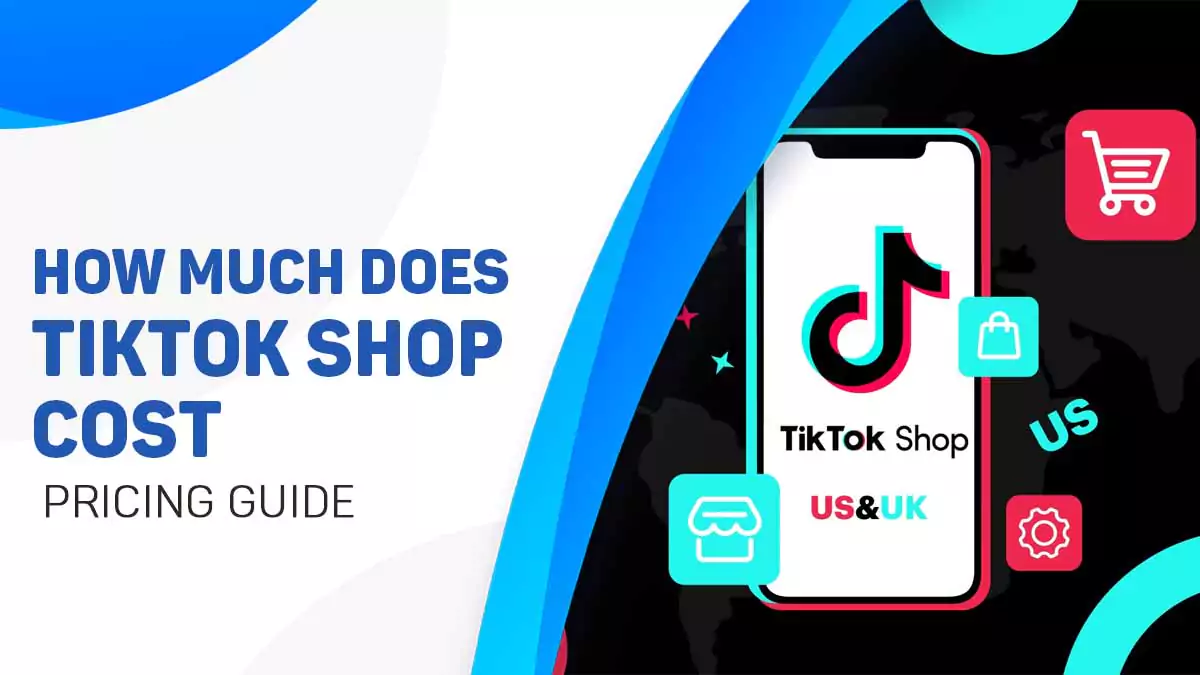- Key Takeaways
- What Is TikTok Shop?
- Who Can Use TikTok Shop?
- Is It Worth Selling on TikTok?
- How Much Percentage Does TikTok Take?
- How Can Wide Ripples Help You?
- Frequently Asked Questions (FAQs)
- How do I set up a TikTok Shop?
- What are the costs of selling on TikTok?
- How does TikTok Shop compare to other social commerce platforms?
- What are the benefits of using TikTok for eCommerce?
- How can businesses optimize their products on TikTok?
- What should sellers know about TikTok’s seller policies?
- How do payments work on TikTok Shop?
- What marketing tools does TikTok provide for sellers?
- How can businesses attract followers on TikTok Shop?
- What are common challenges for sellers on TikTok?
In the fast-paced world of eCommerce, TikTok Shop has quickly emerged as a game-changer.
With its unique blend of entertainment and shopping, this platform has captivated millions of users, turning casual scrolling into a goldmine for businesses. But if you’re wondering, How Much Does TikTok Shop Cost, you’re not alone.
If you’re already selling or just starting out on TikTok, knowing the costs is key to boosting your profits. This Selling on Tiktok guide covers everything, so you can confidently make the most of this platform.
Key Takeaways
Before diving into the details, let’s quickly highlight the key points you should keep in mind about TikTok Shop costs:
- Free Setup: Setting up a TikTok Shop seller account is free.
- Commission Fees: While it’s free to get started, TikTok charges a commission per transaction, which varies depending on your region and the length of time you’ve been selling.
- Shipping Fees: TikTok Shop’s shipping costs are influenced by package size, weight, and destination factors.
- Revenue Potential: Your earnings on TikTok Shop depend on product demand, marketing strategies, and how well you connect with your audience.
Understanding these factors will help you manage your TikTok Shop effectively and ensure you’re not caught off guard by unexpected expenses.
What Is TikTok Shop?
TikTok Shop is more than just another eCommerce platform—it’s a revolution in how products are sold and discovered online.
Imagine this: You’re watching a fun, engaging video, and suddenly, a product catches your eye. With just a tap, you can buy it without ever leaving the app. That’s the magic of TikTok Shop.
But, how much does TikTok Shopping costs for businesses who want to use this feature?
While the initial setup is free, sellers need to be aware of the costs involved. TikTok Shop enables creators, brands, and merchants to showcase their products directly on the platform through in-feed videos, LIVEs, and a dedicated product showcase tab.
This seamless integration means consumers no longer need to navigate away from TikTok to make a purchase, resulting in higher conversion rates and better customer experiences.
For merchants, TikTok Shop promises:
- Higher Quality Traffic: The platform’s algorithm drives targeted traffic to your shop, increasing the likelihood of sales.
- Frictionless Checkout: The in-app purchase experience is smooth and fast, reducing cart abandonment rates.
- Creator Collaborations: Through TikTok’s Affiliate Marketplace, merchants can easily collaborate with creators to promote their products, further driving sales.
If you wanna know whether TikTok is ideal for marketing or not, check out this blog on“TikTok Vs Instagram For Business – Marketing Comparison”
Who Can Use TikTok Shop?
TikTok Shop isn’t just for everyone; it’s for those who are ready to dive into a vibrant marketplace where creativity meets commerce.
If you’re asking, How Much Does TikTok Shop costs to different types of users, it’s important to understand that the platform offers opportunities for various participants:
- Sellers: Brands or merchants looking to scale their eCommerce business can join TikTok Shop. By linking their Shopify websites or other eCommerce platforms, they can expand their reach and tap into TikTok’s massive user base.
- Creators: Content creators who want to monetize their presence on TikTok can earn commissions by promoting products through live shopping events or in-feed videos.
- Affiliates: These are creators and sellers who partner up to drive sales through affiliate marketing. They play a crucial role in attracting customers and increasing product visibility.
- Partners: Professionals and agencies offering TikTok marketing and eCommerce services can also become TikTok Shop Partners, providing valuable support to sellers and creators alike.
However, there are some eligibility requirements. Sellers must be located in specific regions in Asia, Europe, or America, as listed in the TikTok Shop Seller Center.
They need to provide a local number, business certificate, and identification during registration.
Creators, on the other hand, must be at least 18 years old, have 1,000 followers, and have posted content with at least 50 views in the past 28 days.
How To Register for TikTok Shop
Ready to take the step? Here’s how you can set up your shop and start selling on TikTok:
Step 1: Sign Up If You’re Eligible
First things first, if you’re thinking about setting up a TikTok storefront, you’ll likely be categorized as a Seller.
Head over to the TikTok Seller Center to sign up. You can use your phone number, email, or an existing TikTok account to register.
It’s a straightforward process, but the real question is, How Much Does TikTok Shop Cost you in terms of time and effort?
Lucky you, TikTok has made it quite easy, so you can focus on what really matters—selling your products.
Step 2: Confirm Your Information
Next, you’ll need to verify your identity and confirm your business information.
After adding your shop name and selecting your business type (either corporation or individually-owned business), you’ll be prompted to upload documents to validate your information.
Individually-owned businesses will need to provide an image of their passport, national ID, or driver’s license, while corporations must submit a government-issued ID and a business license.
It’s important to note that TikTok allows only one shop per identity, so make sure you get it right the first time!
Step 3: Add Products
With your documents in order, you’re ready to add products to your TikTok Shop.
This is where the magic happens! Start by uploading images, descriptions, and prices for each item. You’ll also need to link your bank account for seamless transactions.
Congratulations—you’re officially a TikTok merchant! From this point on, you can manage your shop, inventory, orders, promotions, and customer service all from the Seller Center.
Step 4: Promote Your Shop
Now that your store is live, it’s time to spread the word. Start by integrating product links into your videos and mentioning your shop organically.
Remember, How Much Does TikTok Shop Cost to promote? It depends on your approach. While organic mentions are free, you might consider investing in TikTok ads for broader reach.
The key is to strike a balance—promote your products without overwhelming your audience.
For example, brands like OLIPOP have successfully used product tutorials to showcase their items, subtly encouraging viewers to make a purchase.

Is It Worth Selling on TikTok?
You might be wondering, with the fees involved, if Is it worth selling on TikTok. The answer is a resounding yes, but let’s break it down.
TikTok Shop’s recent fee hikes are still competitive compared to other eCommerce platforms like Amazon and Etsy.
As of July 1, 2024, TikTok Shop’s referral fees have increased to 8% for every order, though for some product categories with orders over $10,000, the fee drops to 3%.
Despite this, TikTok Shop remains an attractive option for sellers due to its lower overall fees and massive audience.
TikTok is not just a place for viral dances and funny videos—it’s a powerful platform for product discovery and purchase.
With over 23.7 million shoppers in the US alone, the potential for reaching new customers is immense.
Yes, there are costs, but the investment can be well worth it if you can effectively capture your audience through compelling content.
So, How Much Does TikTok Shop Cost in terms of effort? A lot, but the rewards can be worth it.
By using TikTok’s unique features, such as live shopping and creator collaborations, you can turn your TikTok Shop into a thriving business.
Is TikTok Shop Free?
While it’s free to set up a TikTok Shop seller account, it’s essential to understand the transaction costs involved.
TikTok charges a commission fee for each sale made on the platform, which varies by region. This fee is a percentage of the total sale price and helps maintain the platform’s operations.
But, How Much Does TikTok Shop Cost in terms of these fees?
In both the UK and the US, the fee structure starts with a 1.8% commission for the first 90 days, making it an appealing option for newcomers.
After this period, the fees increase to 5%, which remains competitive compared to other online marketplaces. It’s a small price to pay for access to such a vast audience.
How Much Percentage Does TikTok Take?
Understanding the fees associated with TikTok Shop is crucial for pricing your products effectively. Here’s a breakdown of the costs:
| Cost Type | Details |
| Transaction Fee | 2.85% plus $0.30 per order. Covers payment processing, deducted from the total sale amount |
| Currency Conversion Fee | 2% fee applies if selling in a currency other than your local one |
| Payout Fee | Varies by payment method (e.g., 1% fee for PayPal withdrawals) |
| Advertising Costs | Variable costs depending on ad type and targeting options selected |
So, How Much Does TikTok Shopping Costs Overall?
When you consider these fees, it’s clear that TikTok store pricing is relatively affordable, especially compared to other online marketplaces.
However, it’s essential to factor these costs into your pricing strategy to ensure profitability.
Shipping on TikTok Shop
Shipping is a critical component of the eCommerce experience, and TikTok Shop offers sellers flexibility in this area. Sellers can choose to manage their shipping or use TikTok’s integrated shipping solutions.
The latter option provides a seamless experience, as TikTok partners with various shipping providers to offer competitive rates and reliable delivery.
But How Much Does TikTok Shop Cost when it comes to shipping? The cost varies depending on factors like the size and weight of the package, the destination, and the shipping method.
For example, expedited shipping will naturally cost more than standard shipping, but it may be worth it for customers who want their orders quickly.
In conclusion, TikTok Shop offers a unique opportunity for sellers to reach a vast audience and drive sales.
While there are costs involved, they are manageable and can be offset by the potential revenue generated through the platform.
By understanding the fees and pricing your products accordingly, you can make the most of TikTok Shop and grow your business.
How Can Wide Ripples Help You?
At Wide Ripples, we turn TikTok Shop into your eCommerce powerhouse. We simplify the setup, craft creative content strategies, and manage ad campaigns that don’t just attract—they convert.
Our team dives deep into performance analytics, optimizing every aspect of your shop for growth.
Ready to transform your TikTok Shop into a thriving business? Partner with Wide Ripples today and let’s make it happen!
Frequently Asked Questions (FAQs)
How do I set up a TikTok Shop?
Setting up a TikTok Shop is straightforward. Visit the TikTok Seller Center, sign up using your email or TikTok account, and verify your business information. After verification, you can start adding products and begin selling.
What are the costs of selling on TikTok?
TikTok charges a transaction fee of 2.85% plus $0.30 per order. There’s also a currency conversion fee of around 2% for sales in non-local currencies, and a withdrawal fee if using services like PayPal.
How does TikTok Shop compare to other social commerce platforms?
TikTok Shop stands out for its seamless integration with viral content, allowing for higher engagement and conversion rates. The platform’s user base is highly engaged, which gives TikTok Shop a unique edge over other social commerce platforms.
What are the benefits of using TikTok for eCommerce?
TikTok offers access to a vast, engaged audience. It integrates shopping directly into content, making it easier to convert viewers into customers. The platform also supports influencer collaborations and creative ad campaigns, boosting brand visibility and sales.
How can businesses optimize their products on TikTok?
Businesses can optimize their products by using engaging, creative content that resonates with TikTok’s audience. High-quality images, clear product descriptions, and strategic use of hashtags can also enhance product visibility.
What should sellers know about TikTok’s seller policies?
Sellers must comply with TikTok’s seller policies, which include guidelines on product quality, customer service, and prohibited items. It’s crucial to familiarize yourself with these policies to avoid penalties and ensure a smooth selling experience.
How do payments work on TikTok Shop?
Payments are processed through TikTok’s integrated system, with a transaction fee of 2.85% plus $0.30 per order. Sellers can withdraw earnings, but fees may apply depending on the payment method chosen.
What marketing tools does TikTok provide for sellers?
TikTok offers a range of marketing tools, including in-feed ads, branded hashtags, and influencer collaborations. These tools help sellers increase product visibility and drive traffic to their TikTok Shop.
How can businesses attract followers on TikTok Shop?
Businesses can attract followers by consistently posting engaging content, collaborating with popular creators, and using trending hashtags. Running promotions and engaging directly with followers also helps build a loyal audience.
What are common challenges for sellers on TikTok?
Common challenges include navigating TikTok’s algorithms, standing out in a crowded marketplace, and managing the fast-paced nature of the platform. Staying updated with trends and continuously optimizing your content can help overcome these challenges.
Disclaimer: The information provided in this blog is for general informational purposes only. For professional assistance and advice, please contact experts.
























